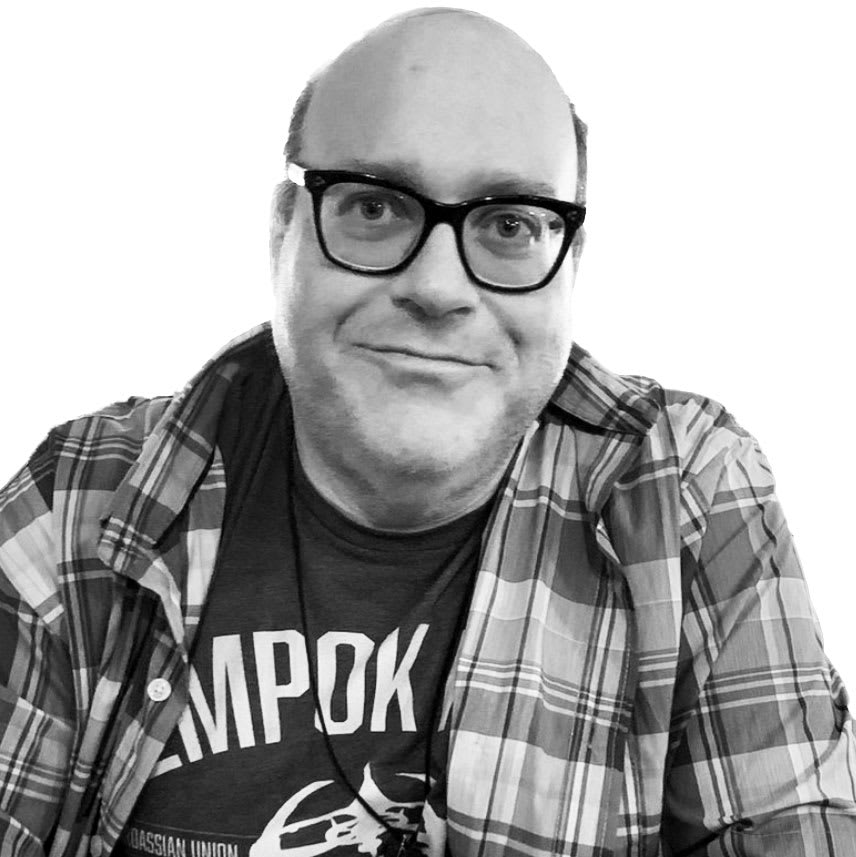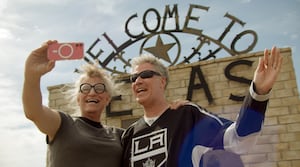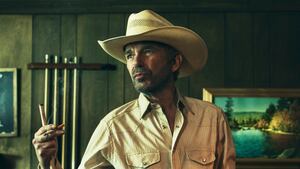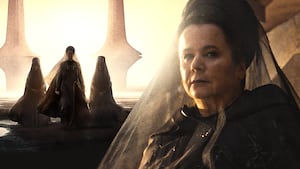It was less than 20 minutes into Leonardo da Vinci, a new four-hour PBS documentary from Ken Burns and his co-directors Sarah Burns and David McMahon, when I said to myself, “Gee, this guy was a real Renaissance man!”
Seems like a dopey thing to admit, but the truth is that I don’t spend too much time thinking about Leonardo da Vinci and all he contributed to mankind.
Yes, I knew he painted the Mona Lisa and The Last Supper and that dude with his arms stretched out (the Vitruvian Man), and that he scratched out fantasy drawings of helicopters. But did you know he was the first to realize a human heart has four chambers? Did you know he led an attempt to divert the Arno river during a time of war? Did you know he taught himself to write backwards because, as a lefty, his furious pace of composition would have left ink smudges?
As such, his tens of thousands of handwritten pages bursting with mathematical formulas, experiments with linear perspective, and observations about sunlight, shadow, water droplets, dust, snail shells, and dragonfly wings are all reversed like the terrifying “REDRUM” from The Shining.

In short, there’s a lot that’s cool about Leonardo Da Vinci.
This mammoth documentary from Burns, whose company Florentine Films is named for a town in Massachusetts and not the city-state where Leonardo got his first commissions in the late 1400s, is bursting with fascinating tidbits, but it also does a good job of explaining why each of the maestro’s brushstrokes was innovative and important. (The series premieres Nov. 18 on PBS.)
The chorus of interlocutors includes writer Walter Isaacson (author of a recent da Vinci biography), film director Guillermo del Toro, historian Ingrid Rossellini (sister of Isabella), several European experts and, an unexpected star of the show, Monsignor Thomas Verdon, a man of the cloth who clarifies why Leonardo’s sketches of the Madonna and Child are so revolutionary. (His appearances reminded me of Southern scholar Shelby Foote’s commentary in Burns’s masterpiece The Civil War, at least from a “here’s the inside scoop” point of view.)

Much is made about Leonardo being a bridge between antiquity and the modern age, and there’s a parallel with Burns’ style here. He (and his collaborators) largely ditch the “Ken Burns effect” of letting the camera roam across a still image. He still uses actors to read letters (and Keith David is nicely deployed as a narrator), but the project is a visual feast. There are wild juxtapositions of Leonardo’s sketches and the natural world colliding on the frame, very appropriate for a film about a man whose primary activity in life was the act of seeing.
The pace is calm and the manner serious, but there’s also a bit of dish. Leonardo and Michelangelo carried on a bit like the Drake and Kendrick of the era, plus there’s some discussion of Leonardo’s love life. The Italian principalities of the time were quite accepting of homosexuality, but it was still something that could get you in trouble if made too public.
When he was 24, he was part of a mini scandal in which several men were anonymously accused of sleeping with a young male prostitute. The charge disappeared because another member of the group came from a powerful family. All of the experts agree that the love of his life was his assistant, Salaí, a companion for decades who first came into the artist’s life and workshop as a troublesome boy from the fields at the age of 10. (Throughout the centuries, Leonardos love an age gap.)

While Leonardo da Vinci is a relaxing and informative series, watching it can make you feel like a bit of a loser. Here was a guy with no formal education (his being born out of wedlock prevented that) who revolutionized figural representation in art, was the first painter that drew crowds of people who just wanted to witness his process, and who hardly went a week without dashing off another scientific invention. What did you do, binge Bosch?
But it may make you feel better to know that he had a tendency to rarely finish a freelance assignment and spent much of his life roaming from town to town in search of a commission. It wasn’t really until the end of his life, in the Loire Valley of France under the patronage of King Francis I, where he was free to be a full-time genius and not worry about making rent. This new documentary certainly gives you a new perspective.









